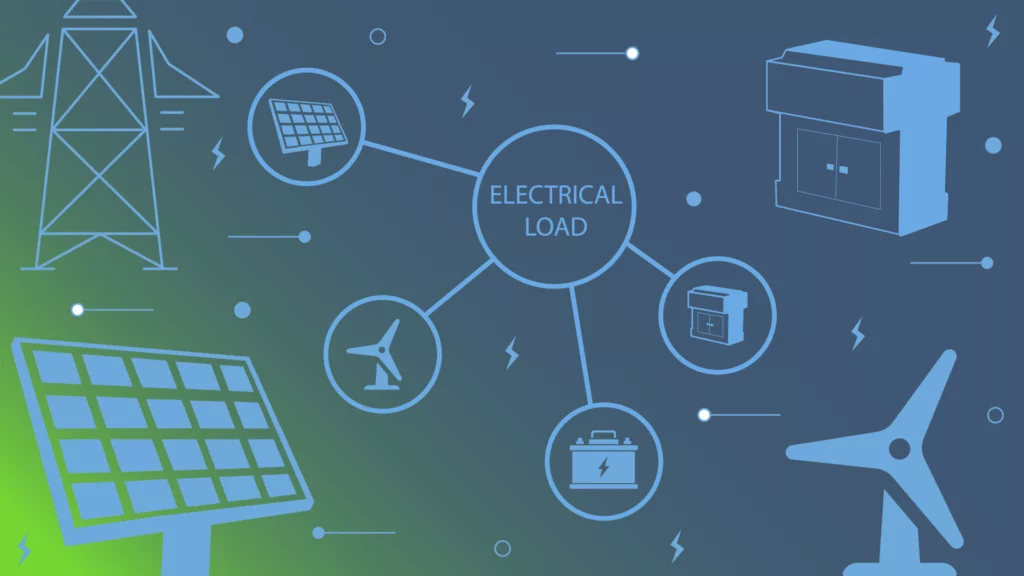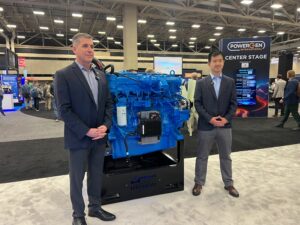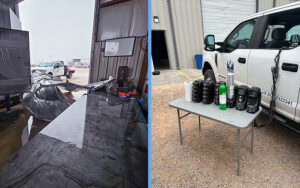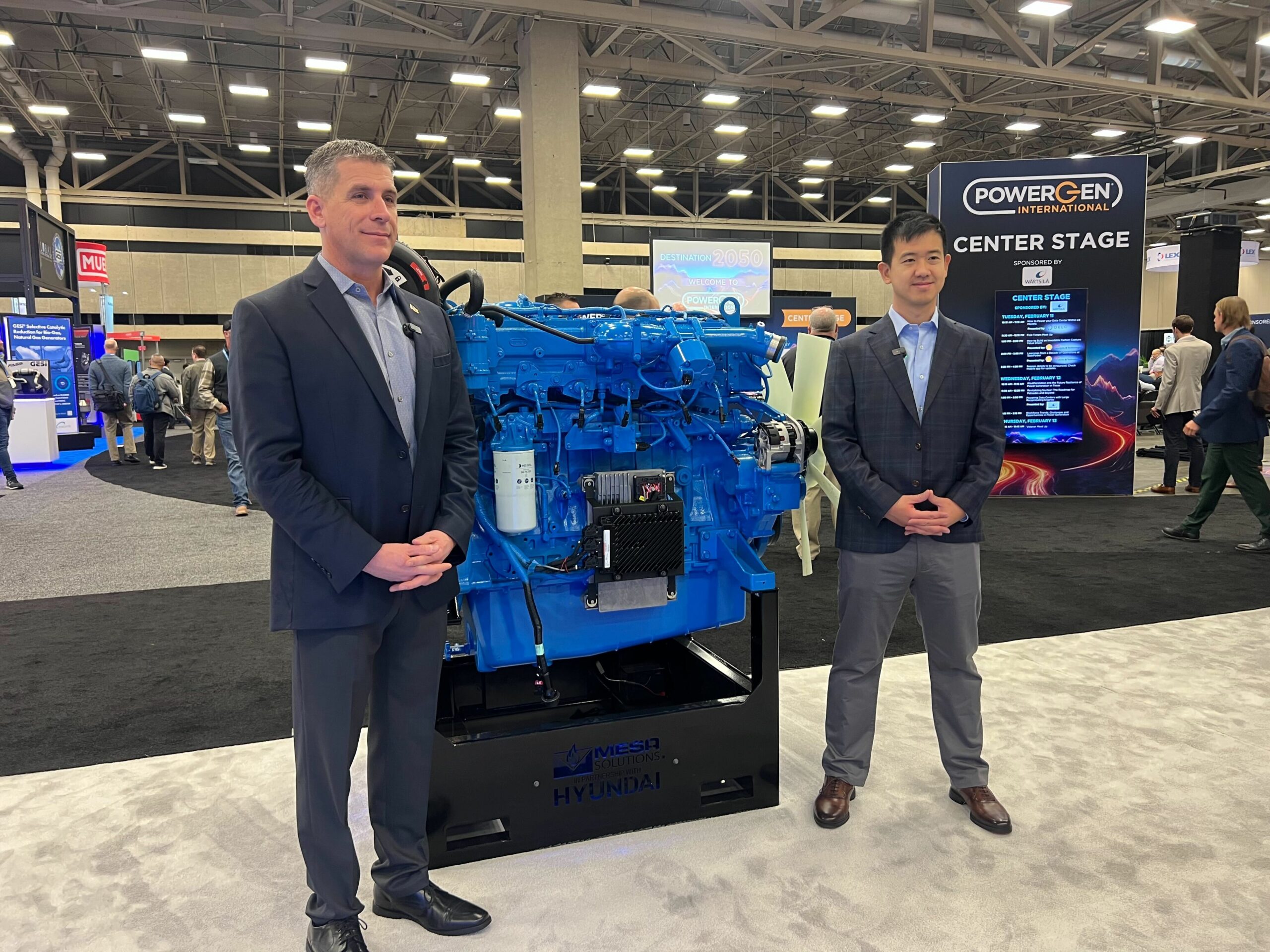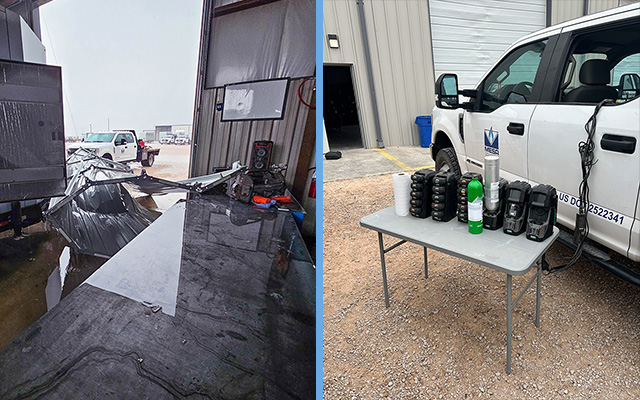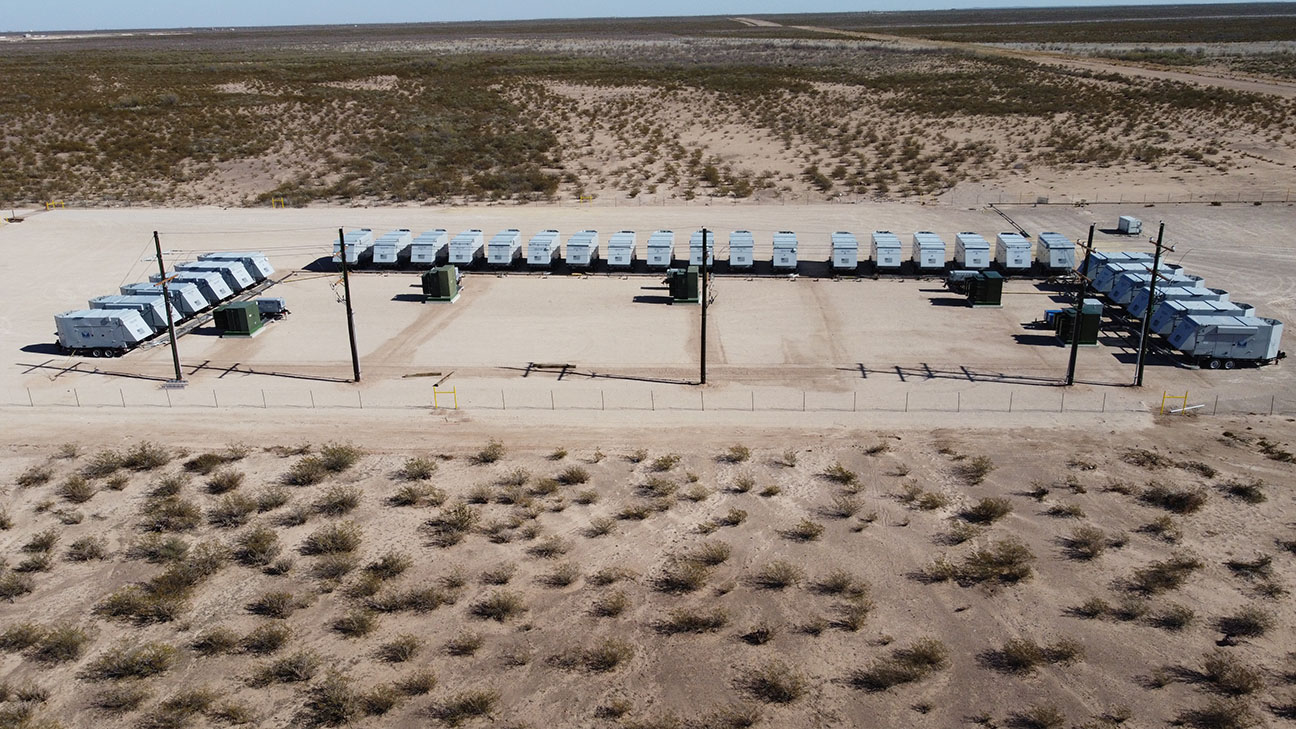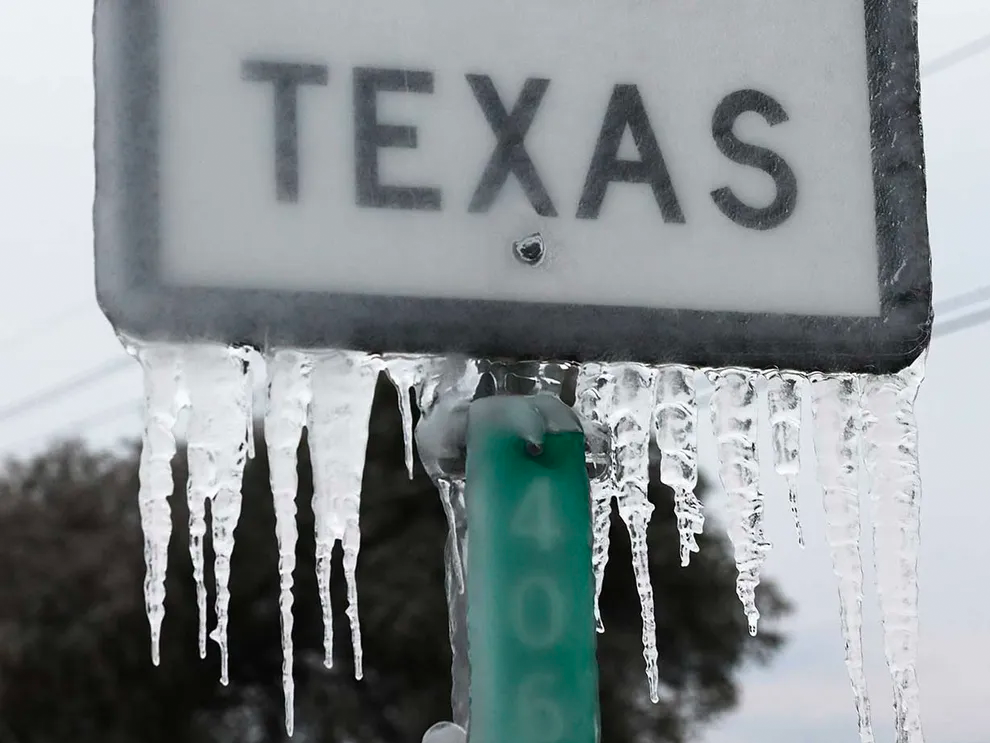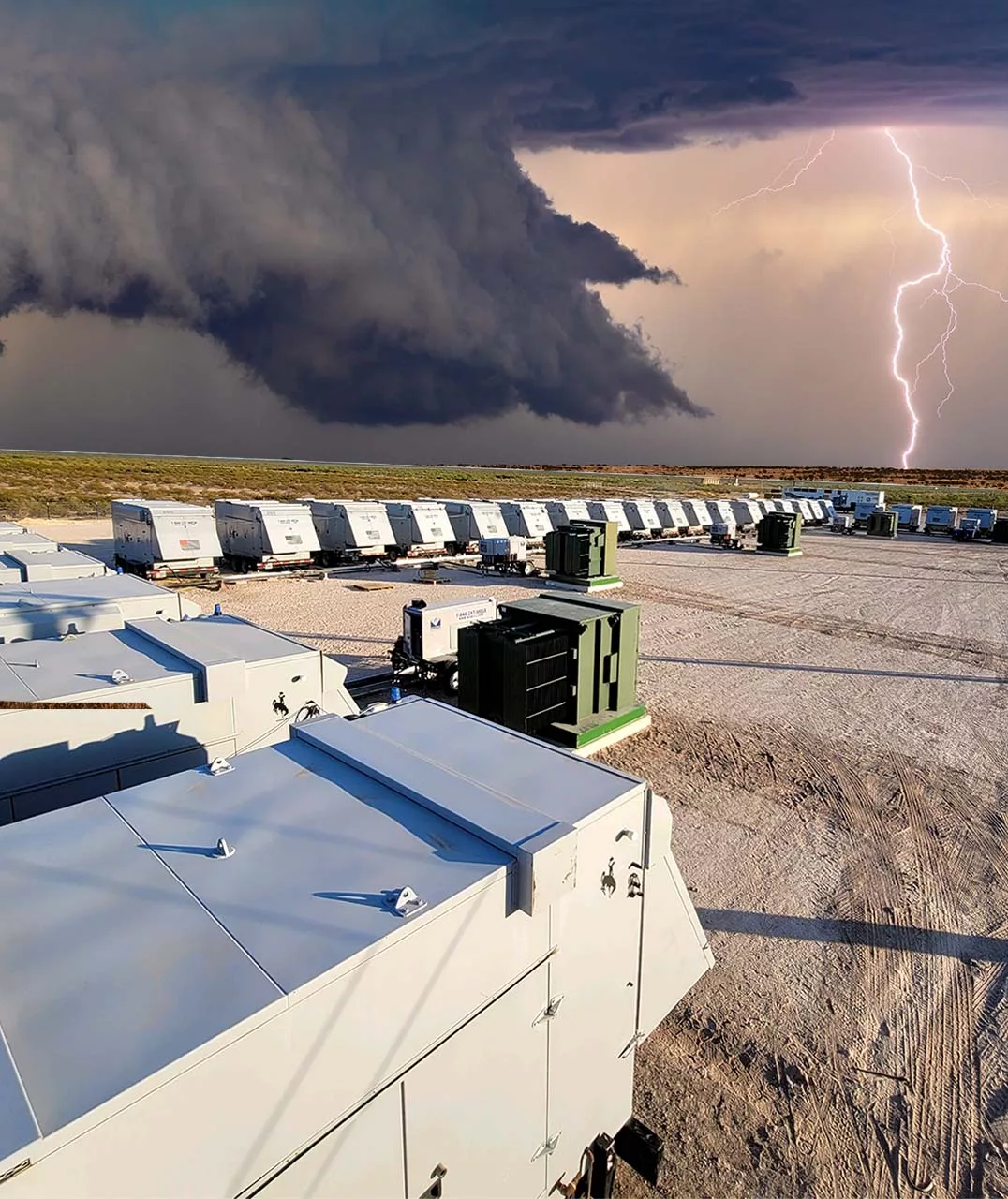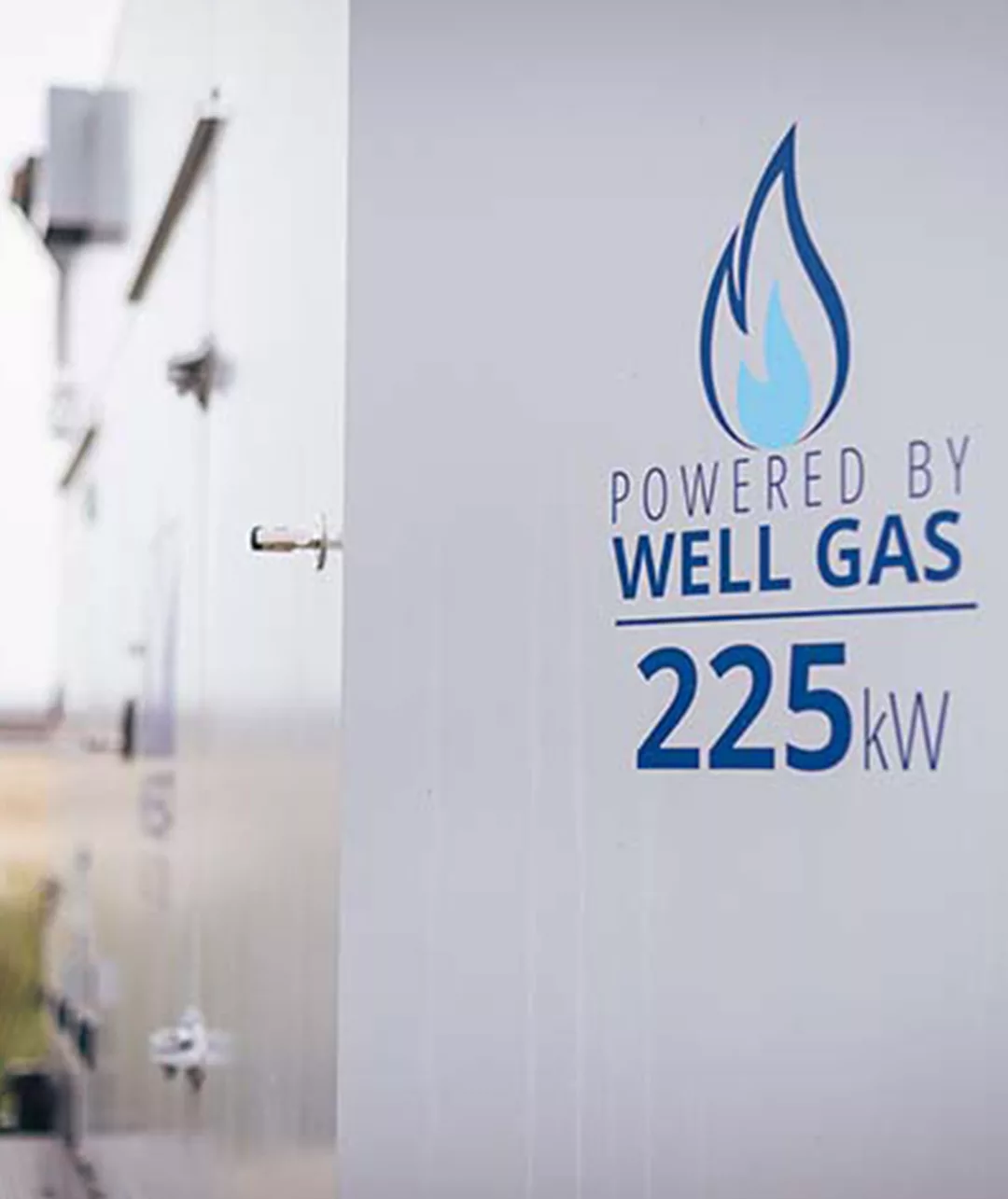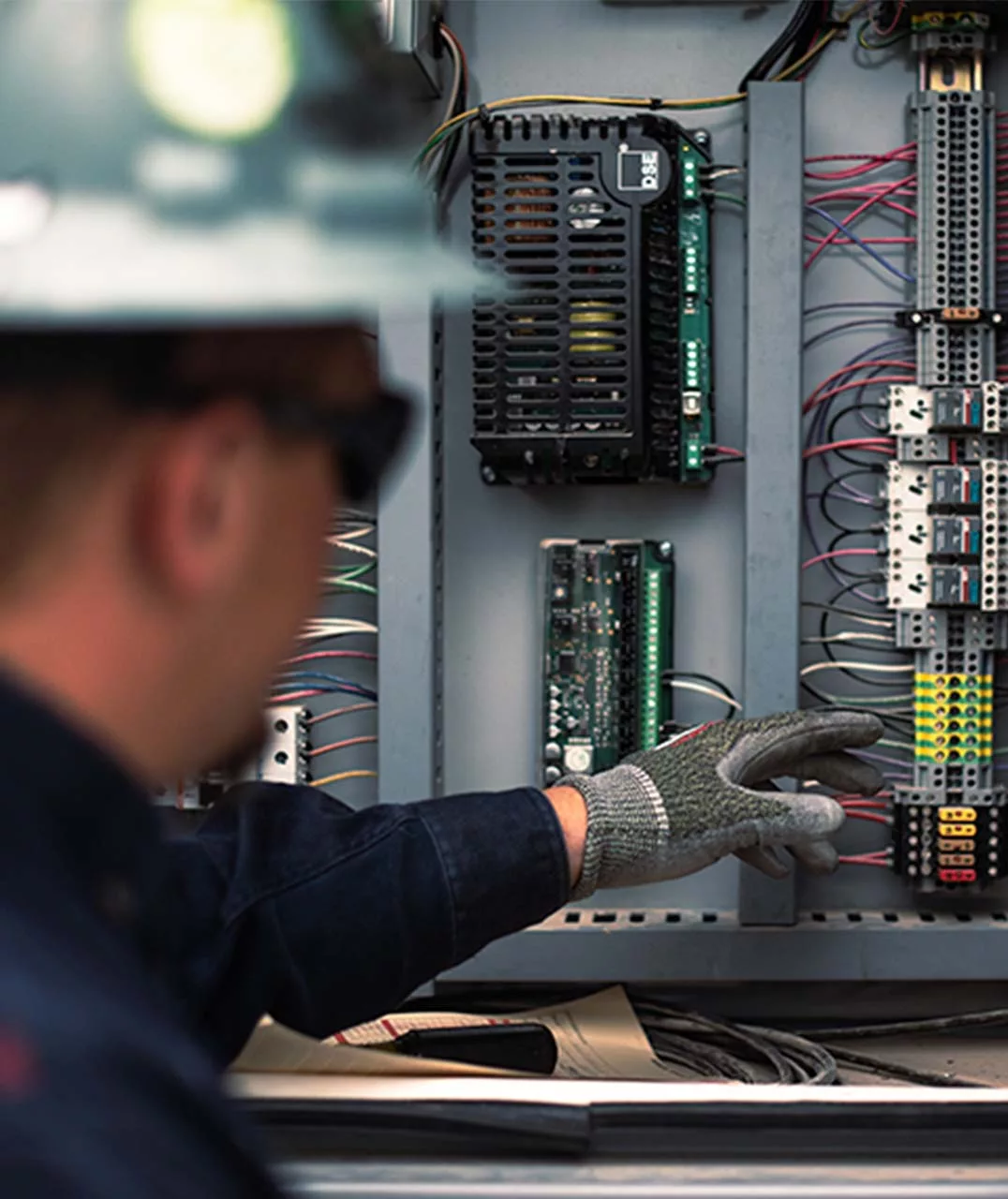Renewable energy has emerged as a somewhat promising alternative to fossil fuels, offering a cleaner and more sustainable future. However, as the adoption of renewable energy sources continues to surge, concerns are arising about the potential strain it may impose on the electrical grid. This piece explores the challenges posed by renewable energy and how we can effectively address them to ensure a more seamless transition to a greener energy future.
The Rise of Renewable Energy
The last decade has witnessed huge growth in renewable energy installations worldwide. Solar panels adorn rooftops, wind turbines grace landscapes, and hydropower facilities harness the force of flowing water. This green revolution is undoubtedly a significant stride toward preserving our environment and reducing our dependence on finite resources. Nonetheless, the increasing capacity of renewable energy sources threatens to overwhelm the electrical grid.
The Grid's Achilles' Heel
The electrical grid, an intricate network of power generation, transmission, and distribution, was primarily designed to handle centralized power sources such as coal and natural gas plants. With the surge in distributed generation through renewables, the grid faces new challenges. The intermittent nature of renewable energy, influenced by weather patterns and time of day, poses a fundamental challenge to grid stability. When the sun sets or the wind subsides, power output from renewable sources can plummet, potentially leading to sudden imbalances in the grid.
Integrating Renewable Energy Effectively
Grid Modernization: To accommodate the growing influx of renewables, grid modernization is vital. Upgrading aging infrastructure, enhancing grid flexibility, and incorporating advanced monitoring and control systems will enable a seamless integration of renewable sources. Technologies that enable real-time monitoring and demand response mechanisms can help balance supply and demand fluctuations more efficiently.
Utilizing Cleaner Fossil Fuels: In addition to grid modernization, another approach to stabilizing the demand on the utility grid is through the utilization of natural gas and propane as complementary energy sources. Natural gas generators, known for their reliability and flexibility, can serve as a backup during periods of low renewable energy production. These plants can quickly ramp up their generation capacity to meet peak demand, ensuring a stable power supply. By utilizing natural gas, we can reduce the strain on the electric grid while still providing energy reliability.
Similarly, LP, often used for heating and cooking purposes, can be harnessed in distributed generation systems, providing localized power during intermittent renewable availability. By strategically integrating natural gas and LP into the energy mix, we can further enhance grid resilience and maintain a balance between renewable sources and traditional energy infrastructure. It doesn’t have to be either/or.
Energy Storage Solutions: Another promising solution to counter the intermittent nature of renewables is energy storage. Advances in battery technologies, such as lithium-ion batteries, have already made significant strides. By storing excess renewable energy during periods of high production and releasing it during low-production times, energy storage can help mitigate grid imbalances. Governments and private entities must invest in research and development to further enhance storage capacities and reduce costs.
However, it’s important to consider that some energy storage options have their own environmental challenges. Proper use, storage, and disposal should be considered when incorporating battery storage into any energy plan.
Conclusion
The rapid growth of renewables presents both tremendous opportunities and significant challenges. While the transition to a cleaner energy future is commendable, it is crucial to recognize and address the potential strain on the electrical grid. Through grid modernization, utilizing cleaner fossil fuels, and energy storage solutions, we can effectively integrate renewable sources, maintaining a balance between supply and demand. By prioritizing investments in these areas, utility companies and individuals can ensure a smooth and successful transition to a more sustainable and reliable energy landscape. With careful planning and innovative solutions, we can overcome the threat of overwhelming the grid and forge a path toward a brighter, cleaner future.
